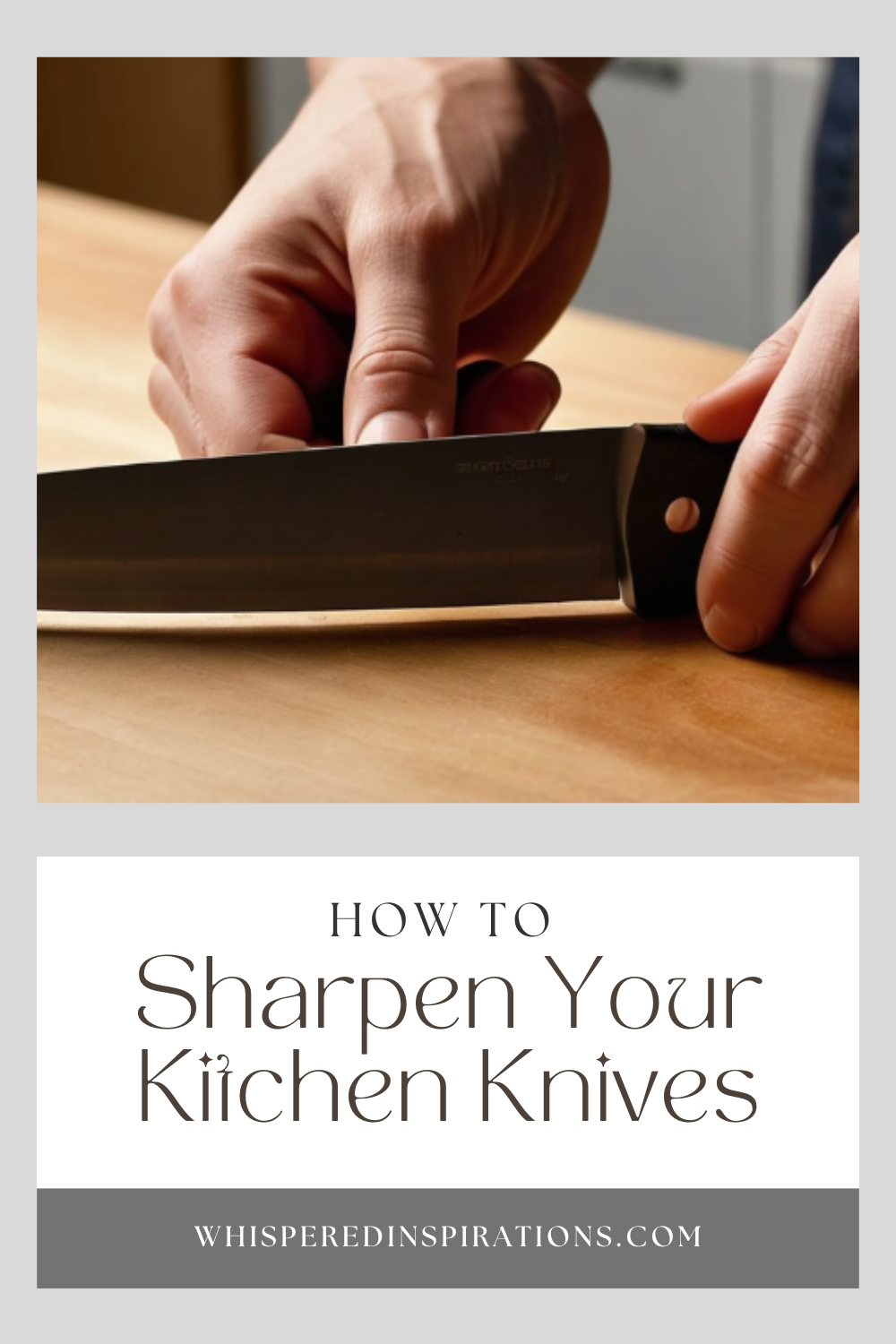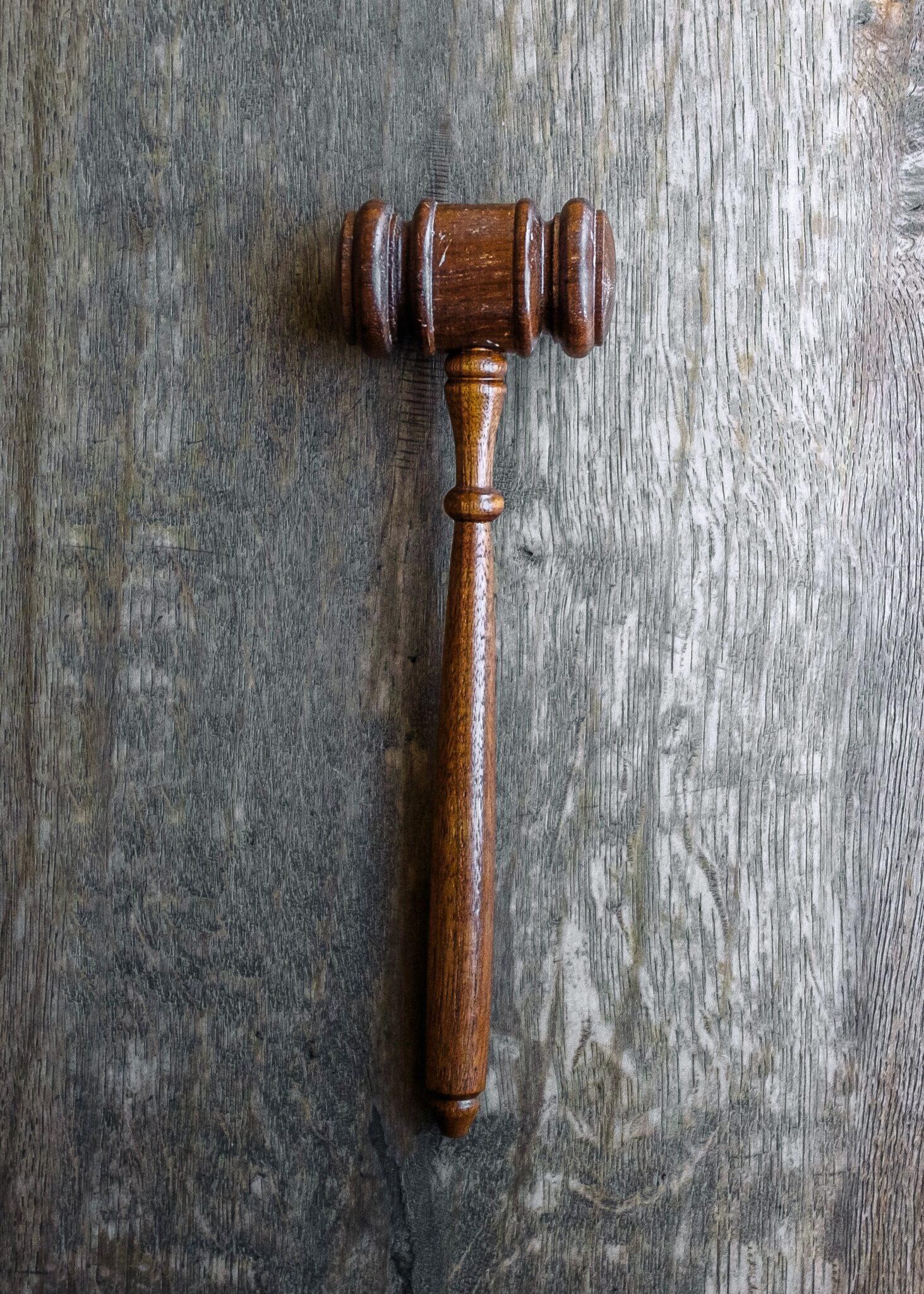Sharpening Your Kitchen Knives: A Guide to Keeping Damascus Blades Razor Sharp
A Guide to Keeping Damascus Blades Razor Sharp
In culinary work, sharp, clean knives are essential. A sharp knife is safer and makes cooking more enjoyable, requiring less effort when cutting large amounts of food.
Due to their unique steel patterns and high sharpness, Damascus knives are widely used in both commercial and home kitchens.
This guide will cover how to care for and sharpen your Damascus kitchen knives to keep them at peak sharpness.
Understanding Damascus Steel
Damascus steel is renowned for its look and performance. Crafted from multiple types of steel forged together, it has a flowing design that adds resilience.
The outer layer consists of smoother steel, while the hard, high-carbon interior provides durability. This combination keeps Damascus knives sharp without chipping or breaking.
The Relevance of Frequent Sharpening
A sharpener is essential for maintaining kitchen knives, especially Damascus knives. Blade sharpness improves slicing and dicing precision. Dull knives require more force, increasing the risk of injury. By sharpening your Damascus knives regularly, you enhance their value and work with a safer tool.
Tools for Sharpening Damascus Knives
Selecting the right tools is crucial for sharpening Damascus blades. Whetstones are popular for their versatility and ability to create a fine edge.
Choose a high-quality whetstone suited to your blade’s hardness. Ceramic or steel honing rods help maintain the edge but aren’t effective for significant dullness.
Electric sharpeners offer convenience but can be too abrasive for Damascus steel, potentially damaging its layers.
Step-by-Step Sharpening Techniques
Sharpening Damascus knives requires a gentle touch and patience. Start by soaking the whetstone in water for 10–15 minutes.
Place it on a stable surface and, if the blade is dull, use the coarse side. Hold the knife at a 15–20-degree angle and draw it smoothly along the stone.
After sharpening with the coarse side, switch to the finer grit to polish the edge.
To use a honing rod, run the blade along the rod at a consistent angle, alternating sides. This realigns the edge without removing much material.
Maintaining the Blade’s Integrity
To preserve a Damascus blade’s beauty and performance, clean it thoroughly after sharpening to remove any metal shavings or slurry.
Wash with warm, soapy water, dry it completely, and apply a thin layer of food-safe mineral oil to prevent rust.
Avoid using excessive pressure or abrasive materials, which could damage the blade’s delicate pattern.
Honing vs. Sharpening
Honing and sharpening serve different purposes. Sharpening removes material to restore a dull edge, while honing realigns the blade without removing material. Regular honing, ideally after each use or several times weekly, helps keep the edge straight and extends the time between sharpening.
When to Sharpen
Knowing when to sharpen your Damascus knife is a valuable skill. A simple test is to cut through a piece of paper—if the blade struggles, it’s time to sharpen. Difficulty slicing fruits, vegetables, or proteins is another indicator.
Professional Sharpening Services
For heavily damaged or neglected Damascus knives, a professional sharpening service may be best. Look for a skilled service that specializes in quality kitchen knives to preserve the Damascus steel’s characteristics.
You May Also Like:
- How To Choose the Perfect Oven for Your Kitchen
- Best Types of Wooden Flooring and Kitchens for Your Rentals
- Practical Kitchen Design Choices For Enthusiastic Home Cooks
- Beyond the Kitchen: Alternatives for Your Food-Related Career
Are You Ready to Upgrade Your Kitchen Knives?
Sharpening and maintaining Damascus kitchen knives is rewarding, helping you develop as a cook while extending the life of your tools.
By understanding Damascus steel, using the right tools and techniques, and committing to regular maintenance, your knives will stay sharp and perform like new.
Would you consider upgrading your kitchen knives with a Damascus?
Let me know, til then—cheers m’deres!

PIN FOR LATER:

Nancy Polanco is a freelance journalist, lifestyle content creator, and editor of Whispered Inspirations. She is a proud Mom to Gabby and Michaela and partner and best friend to Darasak. Having worked as part of a health care team for almost a decade, Nancy is happy to be back to her passion. She is a contributor to the Huffington Post, TODAY’s Parents, and an Oprah Magazine Brand Ambassador.





